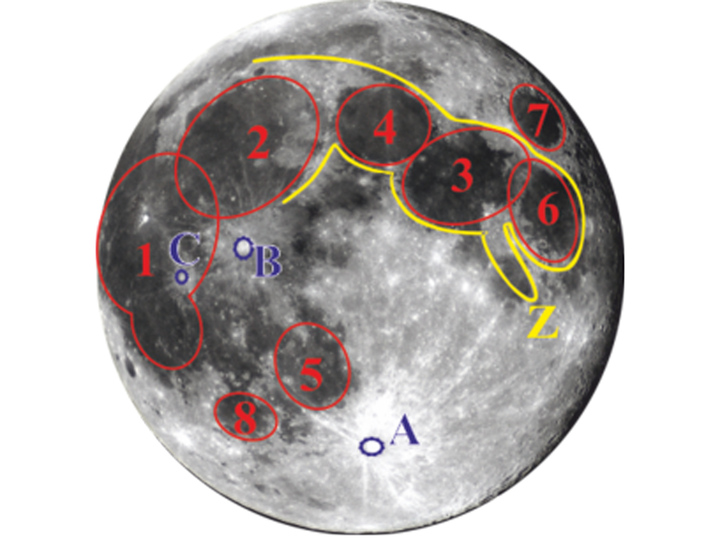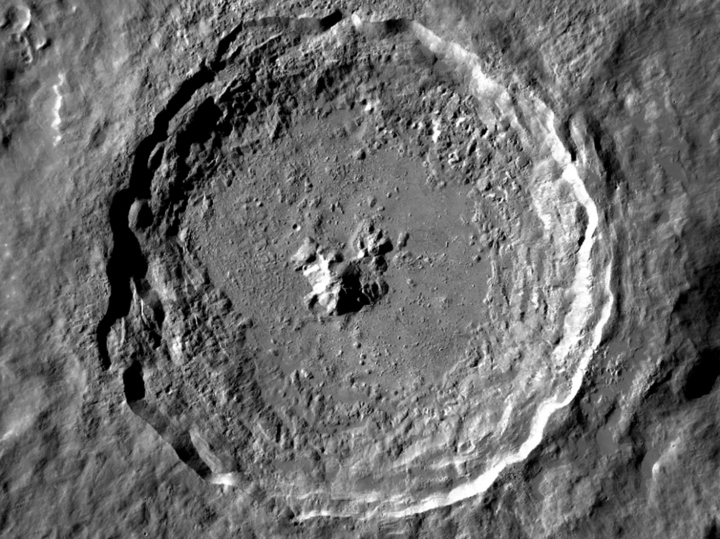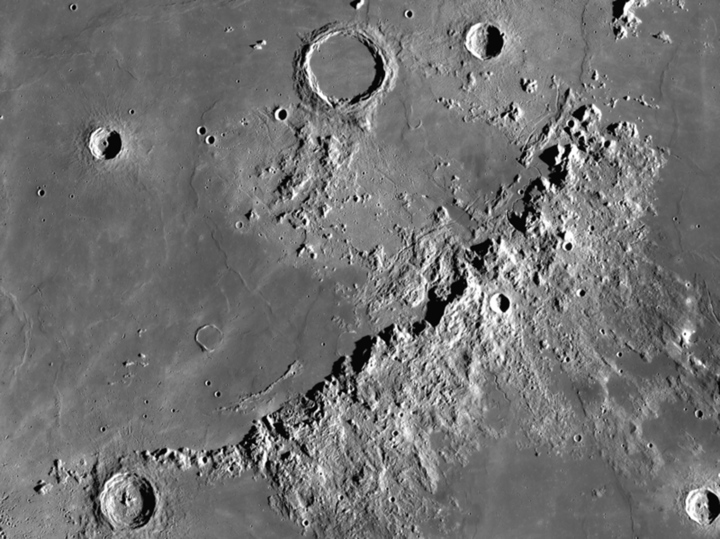Astronomers told what you can and should look at the moon in a supermoon
[ad_1]
Twice in August, our satellite will come closest to Earth
The largest moon of this year will rise in the sky on the evening of August 30th. This will be the third supermoon this year, the event when the full moon coincides with the Moon’s closest approach to the Earth (perigee). On the penultimate day of summer, at 18.52, we will be separated from our satellite by 357,181 kilometers (with an average distance of 384,400 km). How long ago the Moon was so close to the Earth that it will be possible to see it at a moment of special proximity – about this – in the material “MK”.
As explained in the Moscow Planetarium, the Moon revolves around the Earth in an elliptical orbit, making one revolution in 29.5 days, the so-called lunar month. Thus, once a month, the Moon is in its orbit at its maximum distance from the Earth (this position is called apogee) and at its minimum, when it occupies a position called perigee. At apogee, it can move away from us at 406,700 km, at perigee it can approach up to 300,000 km.
However, just the nearest distance to the Moon is not a supermoon – for this, the perigee must almost coincide in time with the full moon (this year they will be separated by 9 to 11 hours). Positions like this don’t come up every month. In particular, in 2023, the first supermoon was from July 3 to 5, the second will last from August 1 to 2. It should be observed on Tuesday, August 1, from 21.33, when the Moon enters the full moon phase, while perigee will come only by the morning of August 2, at 8.53. At this time, the distance from the Earth to our natural satellite will be 357,309 kilometers.
The next, third supermoon in a row will come on August 30 at 18.52 Moscow time. At this time, the Moon will approach us at the nearest distance this year of 357181 kilometers, and the full moon will “catch up” with perigee on August 31 at 4.37. And, finally, the fourth event should be observed from September 28 to 29, when the full moon almost coincides with perigee when the Moon approaches the Earth at 359,910 km.
During a supermoon period, the full moon looks 14% larger and 30% brighter compared to a full moon at its apogee. The record-breaking distance is considered to be the distance that the Moon approached us in the position of the supermoon in 1948 – it was about 300 thousand km, it approached this value in 2016 (about 350 thousand km). A repeat of such a close passage is not expected until 2044 at the earliest.
What can you see on the moon during a supermoon
Supermoon, in addition to just a beautiful sight, is an opportunity to better study the selenography of the visible hemisphere, that is, to consider seas, craters, mountains and mountain ranges on it. The dark areas that are clearly visible on the surface of the Moon are the seas – relatively flat areas covered with solidified lava. There are more seas on the visible side than on the reverse side: 21 seas, one ocean and 16 lakes against 2 seas and 3 lakes.

The largest Ocean of Storms can be seen in the west of the lunar disk. The large round spot above it and slightly to the right is the Sea of Rains. South of the Sea of Rains are the Sea of Humidity and the Sea of Clouds.
Of the craters, Tycho, Copernicus and Kepler, which are located to the south and west, are best seen. In total, on the visible side of the Moon, there are 300,000 craters with a diameter of more than a kilometer and 234 craters with a diameter of more than 100 kilometers.

The longest lunar mountain system is the Cordillera, named after the largest mountain system on Earth, their length in the southwest of the lunar disk is 956 kilometers. The second longest range is the Ruk Mountains. But the lunar Apennines are best seen from Earth. It is as if the Sea of Rains “rests” on this bright area in the southwest.

All these objects during the supermoon period will appear even before unarmed optical instruments observers from the Earth. If a telescope or even ordinary binoculars are at hand, the chances of seeing the seas and mountains on the Moon will increase significantly. Of course, at the same time, our shining companion should not be covered by clouds.
[ad_2]
Source link








